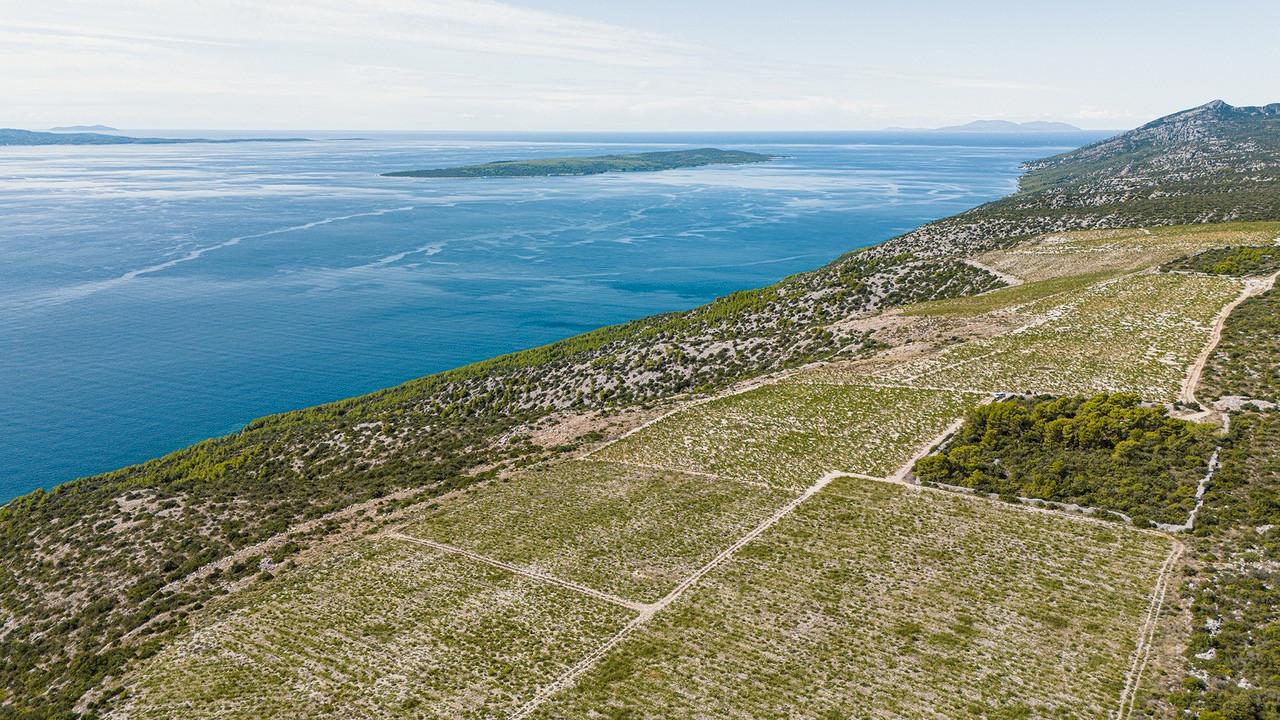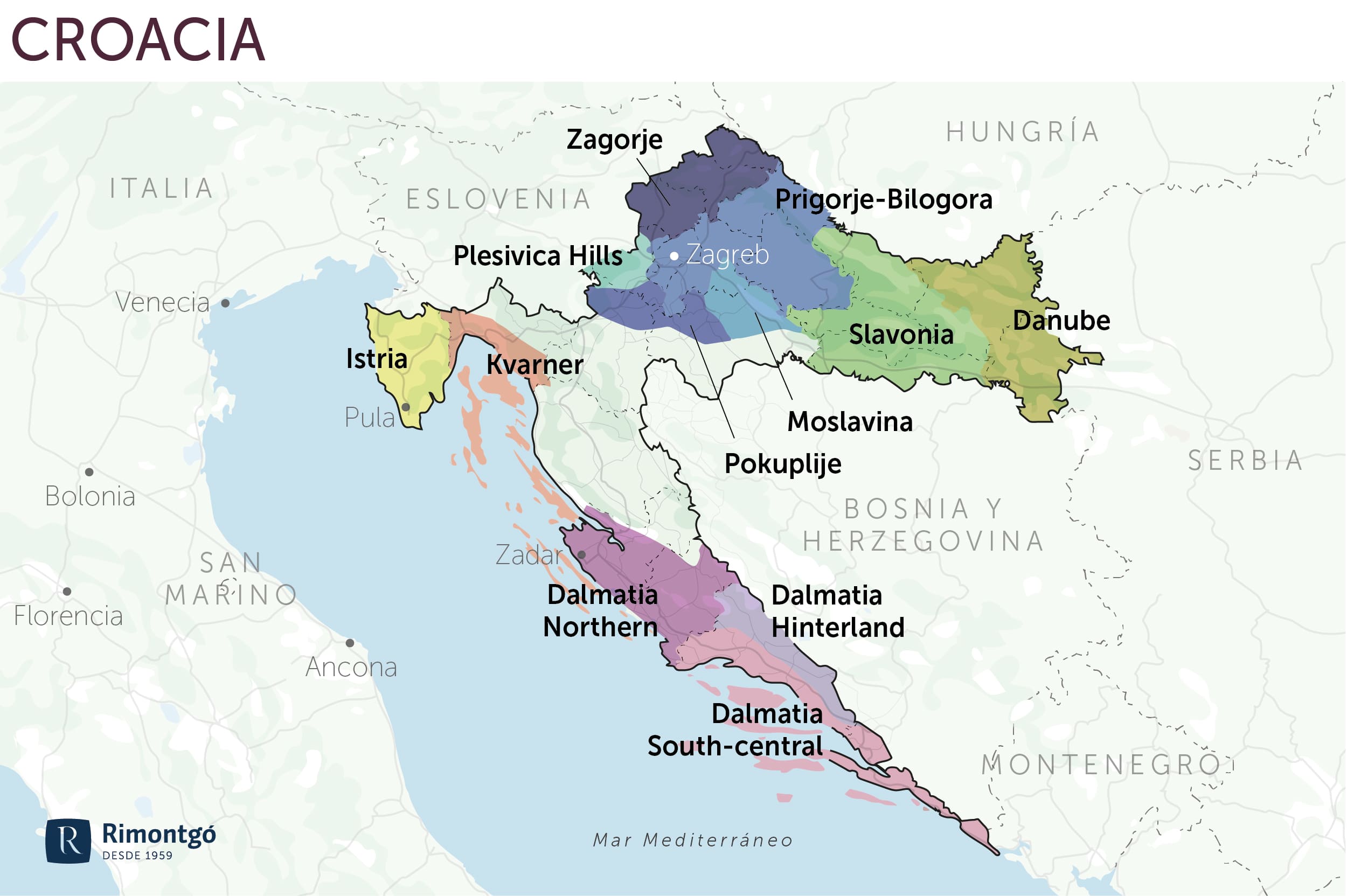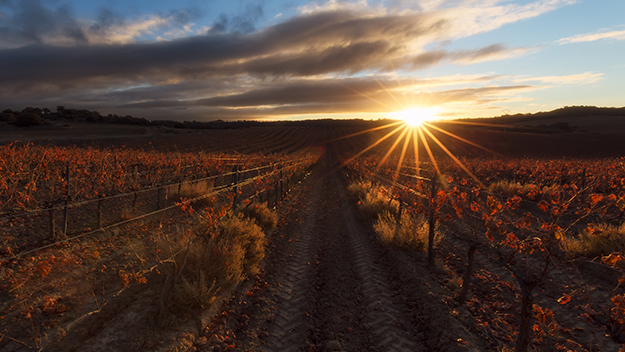Find your winery or vineyard
1 Wineries and Vineyards for sale in Croatia

210 hectares on the most famous island in the Adriatic Sea, 40 hectares planted with vineyards and a project to plant olive trees.
Dalmatia
Infographic of the Region

Croatia
Croatia, officially the Republic of Croatia, is a country in central and Southeast Europe, on the coast of the Adriatic Sea. It borders Slovenia to the northwest, Hungary to the northeast, Serbia to the east, Bosnia and Herzegovina and Montenegro to the southeast, and shares a maritime border with Italy to the west. Its capital and largest city, Zagreb, forms one of the country's primary subdivisions, with twenty counties. Other major urban centres include Split, Rijeka and Osijek.
Croatian wine has a history dating back to the Ancient Greek settlers, who arrived on the Croatian coast in the 5th century BC and produced their wine on the southern Dalmatian islands of Vis, Hvar and Korčula. The Yllirians, like other old world wine producers, used many traditional grape varieties still surviving in Croatia, perfectly suited to their local wine hills.
Under the Roman Empire, wine production grew, becoming more organized. As the Croatians arrived and settled the area, they learned from their predecessors, and wine production continued to expand. During the Middle Ages, there was a royal court official called the "royal wine procurer", whose responsibilities included the production and procurement of wine.
In the 15th century, the Ottoman Turks arrived in South Eastern Europe, and imposed strict anti-alcohol laws as part of the new Islamic law. Fortunately, the Ottoman Empire was tolerant of Christianity. Catholic church traditions involving wine may have “saved” local wine production from complete extinction—as priests and monks were permitted to continue making wine for church services.
In the 18th century, much of present-day Croatia came under control of the Hasburg Empire, where wine production flourished through the 19th and 20th centuries. The history of wine changed dramatically in 1874 with phylloxera.
Under the communist system of Yugoslavia, wine production was centered in large cooperatives, and private ownership of vineyards was discouraged. Quantity rather than quality became the main focus. The Croatian War of Independence in the early 1990s saw many vineyards and wineries once again destroyed.
There are currently over 300 geographically defined wine regions and a strict classification system to ensure quality and origin. The majority of Croatian wine is white, with most of the remainder being red. All the quality standards follow the EU rules.
Provinces
Discover more wineries and vineyards for sale in these wine regions in Islands
Subscribe to our mailing list to receive news about wineries and vineyards.






